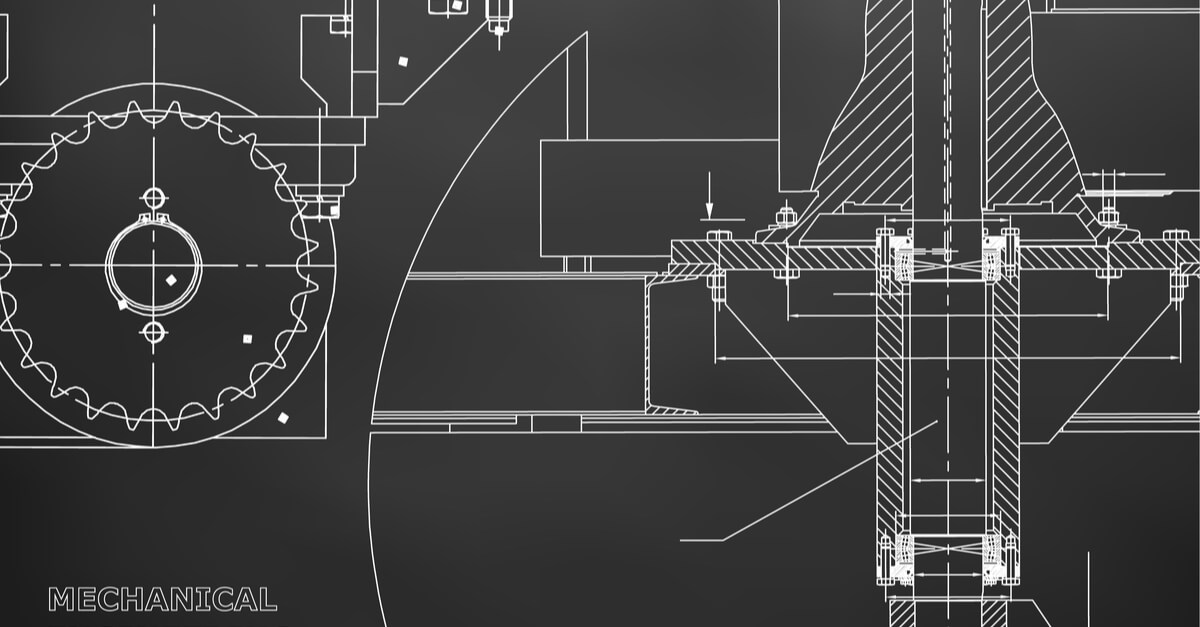There is a tendency for inexperienced importers to blame their suppliers for all quality and safety issues that come up.
However, in the situation where the buyer works with an OEM or a contract manufacturer, they share some (and usually all) of the responsibility when something goes wrong.
It may well be that manufacturing or design defects are the cause.
What are design defects?
Let’s take a couple of extreme examples:
- You design an electric bike that has such a strong engine it can go up to 80 miles per hour. Some people get killed on the road.
- You design a file cabinet that, when fully loaded, tips over very easily. Some people get crushed.
Let’s say you work with the best manufacturers to make these new products. They respect all your specifications. The problems mentioned above come up. Can you turn against them?
Of course not. The issue comes from your design and/or your failure to warn users.
Note: Even if these manufacturers have liability insurance, their policy probably won’t help you get out the charges that are going to mount against you. Stop selling, recall all the units you can, and work with a good lawyer…
What are manufacturing defects?
Let’s also mention two examples:
- On the electric bike, the welding is poorly done, even though the buyer specified how to do it. The bike’s structural strength is affected.

- On the file cabinet, the buyer tested and approved a sample with a certain type of paint (so the cabinet can be used in an outdoor environment). However, in production, another type of paint is used, which starts chipping away very fast.
This is also straightforward. It is the manufacturer’s fault. Specifications were not respected.
What if the buyer had not specified the way to weld the bikes, and had not approved any ‘golden sample’? Based on generally accepted requirements in that industry, I’d expect it to qualify as a manufacturing defect.
Conventional legal rules of thumb about design vs. manufacturing defects are pretty useless
I searched for information on design vs. manufacturing defects, and most articles that come up are written by US lawyers. The approach to sue a brand or a distributor for a claim on a defective product will be different depending on the origin of the issue.
I found their rules of thumb overly simplistic, to the point where it is downright misleading.
Example 1 (source)
Manufacturing defects are caused by some error that occurred during the assembly of the product and were not intended to be a part of the product.
“Some error”? Yes, but not only! I’d also include intentional cheapening of the product…
“During assembly”? Yes, but not only! What about the fabrication of a component, during surface treatment, and so on and so forth?
Example 2 (source)
You will find a design defect in every individual product produced according to the product plan. A manufacturing defect on the other hand is an unplanned defect. You would generally expect to find only a small percentage of manufacturing defects in a group of products produced according to a particular plan.
Wrong, and wrong. Each can be found on a small percentage of the quantity, or on 100% of pieces.
These consumer safety lawyers are completely clueless. Let’s look at special cases.
Design defects may not manifest themselves in every batch
Some buyers (and some lawyers, apparently) reason that design defects will always appear. In every batch. And in every factory, in case the same product is made in different facilities.
That’s actually quite wrong. If issues come up randomly, and everything is within specification, that’s the sure sign of a design defect!
Let’s look at the process window for plastic injection molding (explained in detail here). This “window” is two-dimensional, since it shows both temperature and pressure:
If the design requires the manufacturing to be done right on an edge of the process window, the result will be sometimes good and sometimes bad. In that case, setting all the controls necessary to avoid falling outside of the window might be impossible, even for the best manufacturer.
This is easy to understand when it comes to dimensional values. Let’s say 4 parts come together to hold the windshield on a car being assembled. All 4 parts are within specification, but on the upper limit. And the windshield is within specification, but on the lower limit. It might not fit nicely at all (and the windshield might even fall down!).
Design defects often appear more than 3 months after the start of use
Most manufacturing defects lead to failure and/or detection and return by users in the first 3 months. It is the “infant mortality” period in the famous bathtub curve observed on certain components and products.
If some products keep failing 6 months and 12 months after the start of use, whereas they are supposed to last for at least 24 months, it is generally a design defect. Here are a couple of examples:
- A type of gearbox wears out too fast because of a load it was not supposed to accommodate.
- When cars started to use plastic on their tailpipes, the type of plastic required to withstand high temperature was not specified, and sometimes the plastic cracked or melted. Once people understood that plastic chemistry was an essential element, they specified and tested it, and that eliminated most issues.
In the aviation industry, numerous crash investigations pointed to deficiencies in the design of certain parts. Here is an example. After El Al Flight 1862 crashed, the investigators found out that the fastening system of the engines was prone to failure, and that seems to have led to 2 catastrophic crashes (in Taiwan and in the Netherlands). That was a design issue on the Boeing 747 and it was fixed.
Helpful approaches to minimize defects in design
- Make the design more robust so it can handle more variation in the components and process variables.
The best manufacturers, as part of their new product introduction process, design experiments and model the effect of variation. In some cases, computer simulations are relatively easy. The purpose is to put specifications at the center of the process window, and this way to allow for greater variation.
- Do reliability testing under stress (HALT before production and/or HASS during production) and a design FMEA analysis can also help surface the weaknesses of a particular design. Then, address those weaknesses.
- In parallel, work on reducing variation. Put process controls in place. Use go/no-go gauges, mistake-proofing devices, train production and QC operators, etc.
The responsibility of manufacturing then becomes achieving the process capability required, based on tolerances that are set and agreed upon… - In case a product failure may lead to a catastrophic event, fail safe(s) may needed to be added. They act as safety nets, to protect people or physical assets from getting in a hazardous situation. For example, if the power is cut, an electrical lock may not open, and people may die because of a fire in their apartment. A very common fail safe is, the lock opens automatically when there is no power.
What about in the case of co-development?
Many new products are developed jointly with inputs from a buyer and a manufacturer. One might ask, ‘isn’t the supplier also responsible for design defects?’
The short answer is, it depends on the development & manufacturing agreement these two parties signed. But, by default, I’d say it is the buyer’s responsibility since the buyer usually knows the conditions of use etc. better, and also since they signed off on the design & the tolerances.
***
How about your products?
Have you had any issues with defects, and if so, how did you overcome them?
Please share your experiences and questions by leaving a comment.
8 Elements of a Low-Risk Supply Chain in China
This FREE webinar will empower you to transform your supply chain in China to reduce risks. Two industry experts, Renaud Anjoran and Paul Adams from Sofeast, talk you through how to gain control over your product’s quality, on-time shipments, long-term pricing stability, and continuity of supply.
Ready to watch? Register by hitting the button below:





